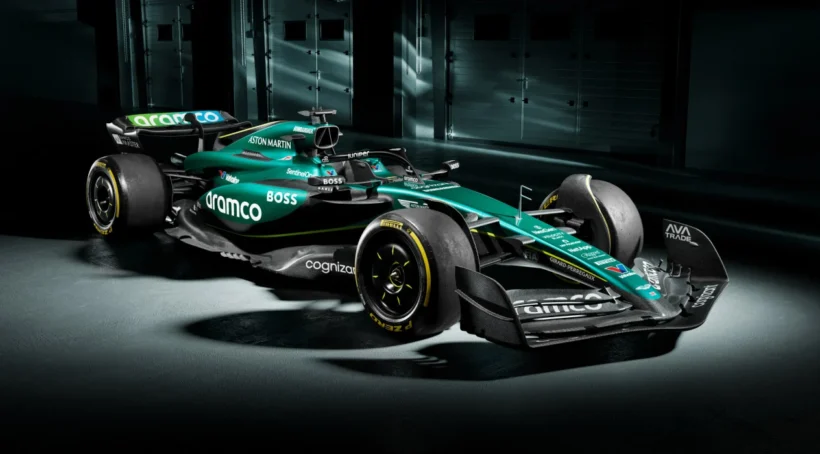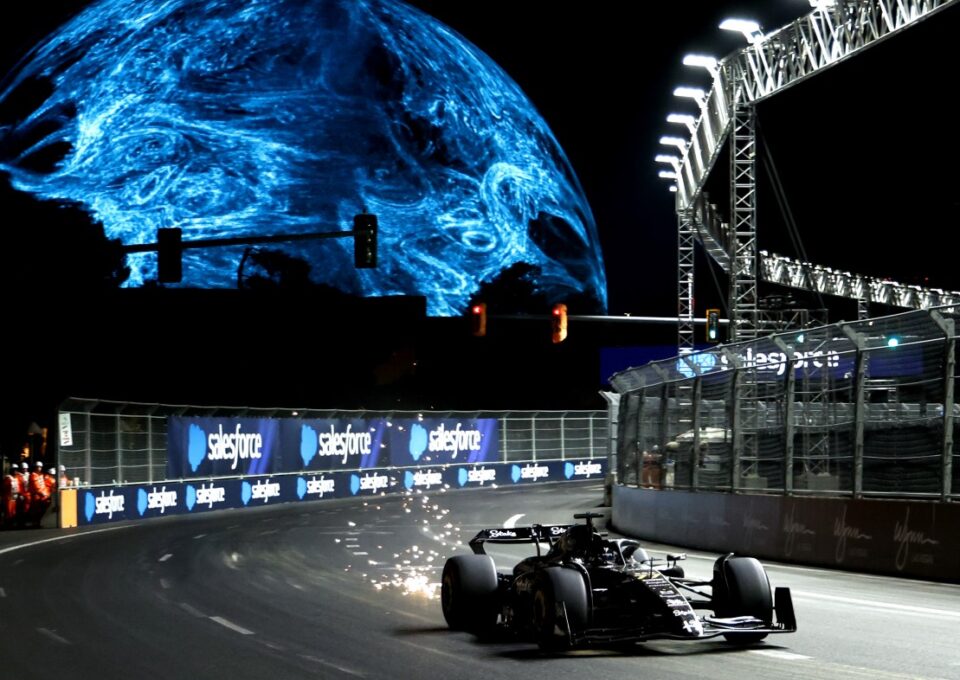Formula 1 (F1) and other major motorsports such as NASCAR, MotoGP, and WRC each offer unique thrills and challenges.
However, F1 stands out as the pinnacle of motorsport.
Since there are many misconceptions about these concepts, we would like to shed light on this subject.
The Unique Characteristics of F1

F1’s global reach and prestige are unmatched in the world of motorsports. Recognized as the highest class of international single-seater racing, it attracts millions of fans worldwide.
The sport’s historical significance, with its rich legacy and iconic races, has fostered a passionate global fanbase.
Each season, drivers and teams from around the world compete in the Drivers’ and Constructors’ Championships. These competitions feature top drivers and legendary teams, each with a storied history of triumphs and innovations.
The allure of this motorsport is further enhanced by its blend of fierce competition, advanced technology, and the international scope of its races.
The intense rivalries, both historical and contemporary, along with the sport’s commitment to pushing technological boundaries, ensure its continued appeal and dominance in the world of racing.
Technological Advancements
Cutting-edge engineering and innovation are at the heart of top-tier motorsport. Over the years, the sport has seen significant technological developments, starting with the introduction of rear-engined cars, which marked a revolutionary shift from traditional designs.
Today, the sport uses hybrid power units, combining internal combustion engines with electric motors to create powerful yet efficient vehicles.
Safety innovations have also been paramount in motorsport. Advanced helmets now provide enhanced protection against head injuries, while modern seat belts are designed to keep drivers securely in place during high-speed impacts.
The HANS (Head and Neck Support) device, introduced to prevent severe neck injuries, has become a standard safety feature.
The halo system, a titanium structure that protects drivers’ heads from flying debris and collisions, has significantly increased safety, making racing one of the safest motorsports despite the high speeds involved.
These technological strides enhance the racing experience, allowing for faster and safer competition.
They also contribute to the sport’s reputation for pioneering engineering solutions, showcasing how advancements in this field can lead to significant improvements in both performance and safety.
The continuous innovation within the sport not only captivates fans but also sets a benchmark for engineering excellence in the automotive industry.
The Spectacle of F1 Racing
The spectacle of F1 racing is brought to life on a variety of circuits, including an increasing number of street circuits which present unique challenges for drivers.
Iconic tracks like Monaco and Silverstone are steeped in history, while new additions like Las Vegas offer fresh excitement. Each race weekend is structured as a three-day event, featuring practice sessions, qualifying rounds, and the main Grand Prix race.
Unique elements such as sprint races and the intricate qualifying process add layers of excitement and strategy, making each race weekend a comprehensive and thrilling experience for fans and participants alike.
Technological and Strategic Depth
Modern Formula 1 cars are marvels of cutting-edge technology, incorporating a multitude of advanced components that enhance both performance and safety. Each car is designed with precision engineering, utilizing state-of-the-art materials like carbon fiber for lightweight strength.
The aerodynamics of the cars are meticulously crafted in wind tunnels to minimize drag and maximize downforce, ensuring optimal speed and handling on various tracks.
The power units, which are hybrid engines combining internal combustion with electric power, represent the pinnacle of automotive engineering, delivering extraordinary power and efficiency.
The use of data analytics and real-time adjustments during races exemplifies the high-tech nature of the sport. Teams deploy an array of sensors on their cars to collect vast amounts of data on everything from tire temperature and wear to fuel consumption and engine performance.
Team strategies, particularly during pit stops, are crucial to success in Formula 1. A well-executed pit stop involves a seamless coordination of mechanics and equipment, with each member of the pit crew performing their task with split-second precision.
Changing tires, refueling, and making minor adjustments to the car must be done in a matter of seconds. The timing of pit stops is also a critical strategic decision, influenced by factors such as tire degradation, fuel levels, and the positions of rival cars.
A perfectly timed and executed pit stop can gain valuable seconds, potentially altering the outcome of the race.
F1’s Influence on Automotive Innovation

The technological advancements developed in F1 often trickle down to consumer vehicles, influencing automotive innovation.
Many features found in modern road cars, such as advanced aerodynamics, hybrid engines, and safety systems, have their origins in F1 technology.
This transfer of technology highlights F1’s role as a testing ground for new ideas that ultimately benefit everyday drivers.
Innovations such as energy recovery systems and advanced materials demonstrate the practical applications of F1 technology, bridging the gap between high-performance racing and consumer automotive advancements.
Comparisons with Other Motorsports
The technological complexity of Formula 1 surpasses that of other major motorsports like NASCAR, MotoGP, and WRC. The engineering sophistication involved in designing and building the cars is unparalleled, with each component meticulously crafted to optimize performance.
The physical and mental demands on drivers in this sport are immense. Drivers must possess exceptional skill, endurance, and concentration to navigate the high-speed, high-stress environment of a Grand Prix race.
The G-forces experienced during cornering, braking, and acceleration are among the highest in any sport, requiring peak physical fitness.
The mental acuity to make split-second decisions and maintain focus over the duration of a race is critical, setting these drivers apart from their counterparts in other series.
The global appeal of this racing league is evident in its diverse fanbase and international race calendar, which spans multiple continents. Races are held in a variety of locations, from the historic tracks of Europe to the burgeoning circuits in Asia and the Americas.
This international presence helps to foster a global community of fans who are passionate about the sport. In contrast, other motorsports may have a more regional focus, limiting their global reach.
Compared to other motorsports, this sport has a unique ability to engage fans worldwide through its combination of high-tech innovation, strategic depth, and thrilling competition. The intricate strategies employed by teams during races, involving everything from tire choices to pit stop timings, add a layer of intellectual excitement.
Coupled with the sport’s constant technological advancements, this strategic complexity keeps fans engaged and invested in the outcome of each race.
The thrilling on-track battles and the high stakes of the championship further enhance the spectator experience, making it the premier motorsport globally.
The Bottom Line

F1’s global reach, technological advancements, driver skill, and fan engagement solidify its status as the pinnacle of motorsport. The sport’s continuous evolution and its ability to captivate a worldwide audience ensure that F1 remains at the forefront of the racing world.

